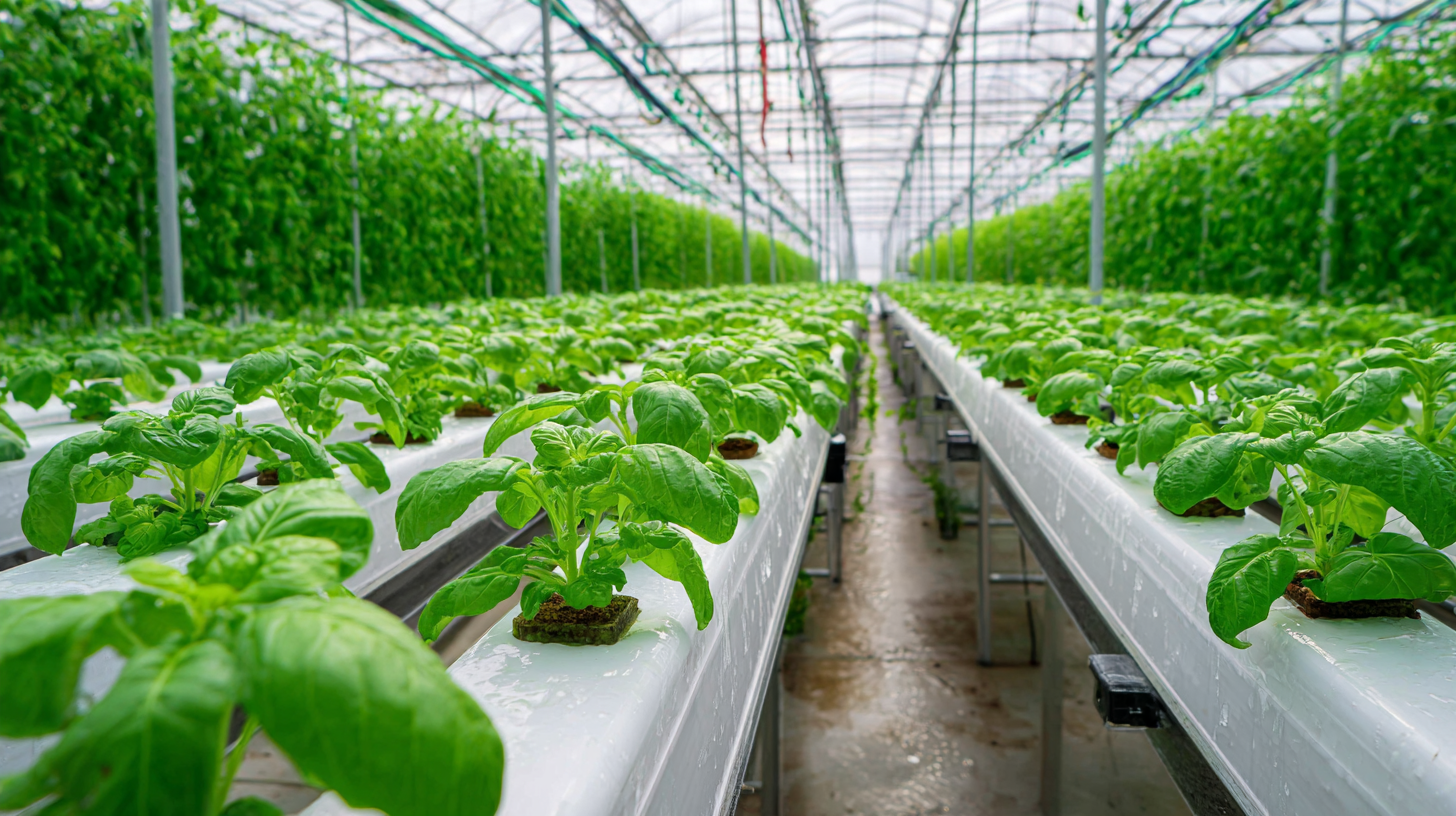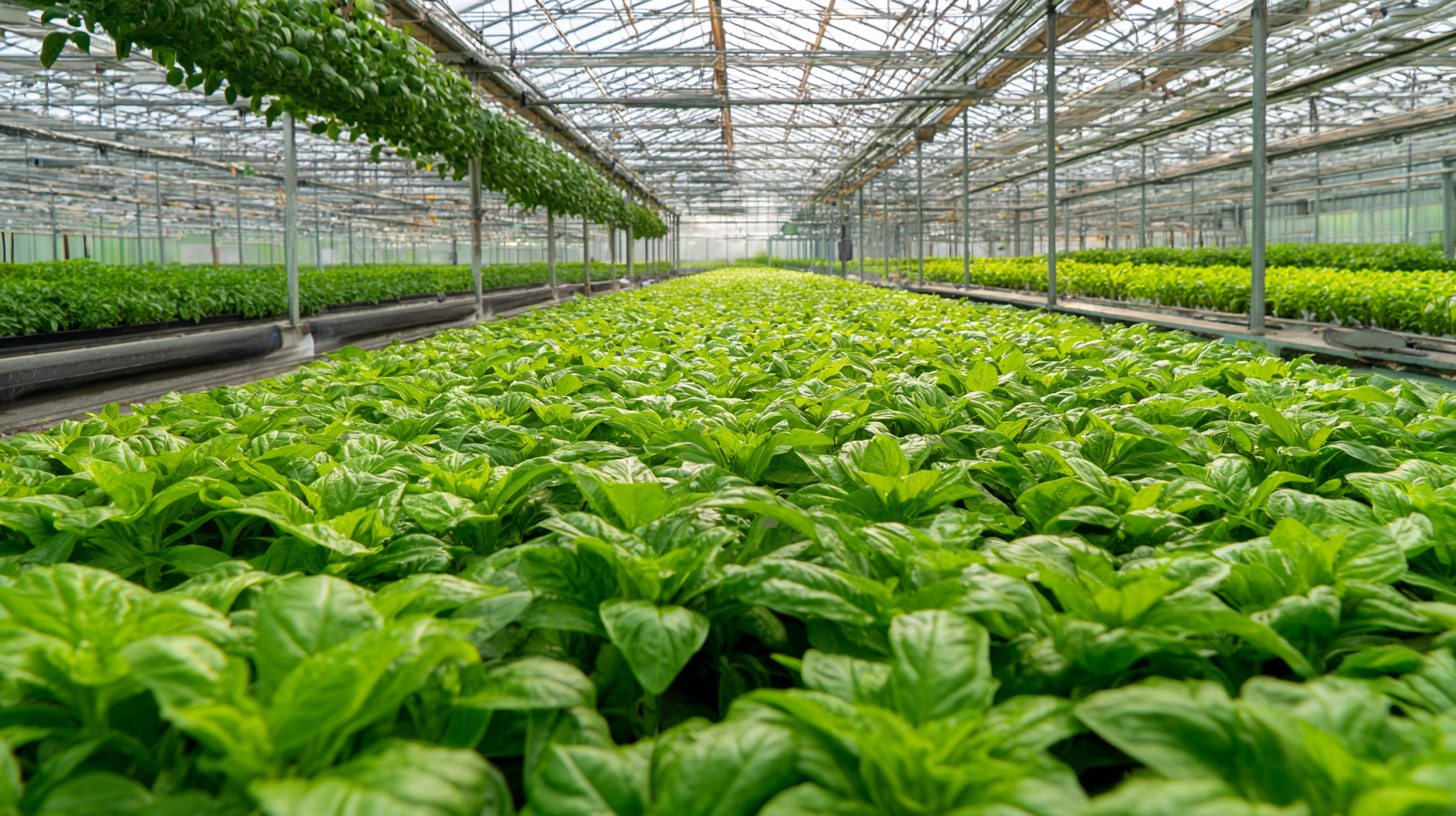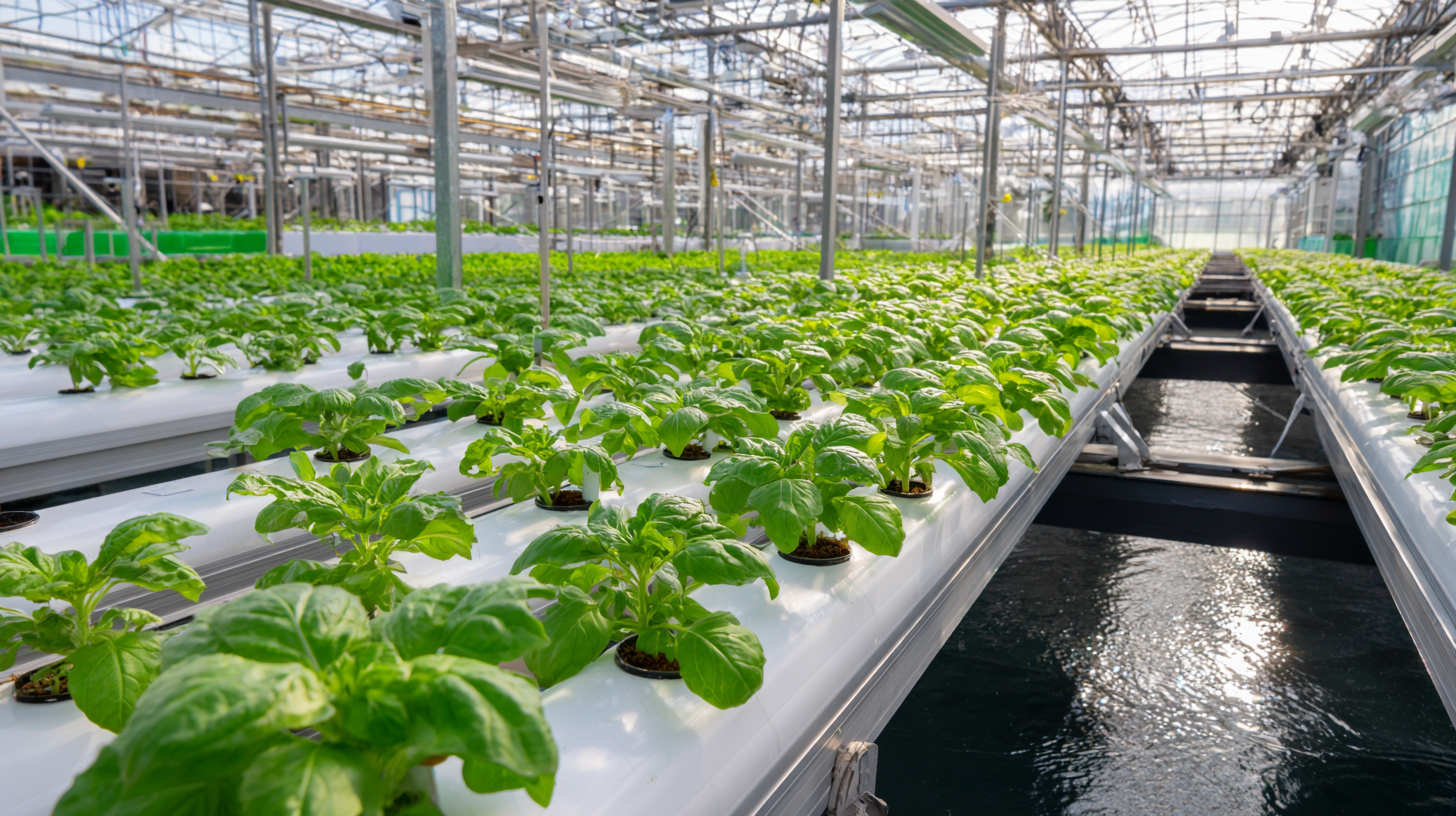
Essential Checklist for Sourcing the Best Hydroponics Greenhouse for Your Business
The rise of the hydroponics greenhouse industry is transforming agricultural practices and promises significant economic opportunities. According to recent market analyses, the global hydroponics market is projected to reach USD 16.0 billion by 2025, growing at a CAGR of 23.1% from 2020 to 2025. This growth is driven by increasing food demands, especially in urban areas where space for traditional agriculture is limited. As businesses look to adopt innovative agricultural solutions, selecting the right hydroponics greenhouse is crucial for maximizing yield and sustainability. This blog will provide an essential checklist to guide you in sourcing the best hydroponics greenhouse for your business, ensuring that you stay competitive in this rapidly evolving industry.

Key Factors to Consider When Selecting a Hydroponics Greenhouse
When selecting a hydroponics greenhouse for your business, there are several key factors that must be considered to ensure optimal growth and efficiency. First and foremost, the climate control system plays a crucial role. A greenhouse needs to maintain specific temperature and humidity levels, which can be achieved through adequate heating, cooling, and ventilation systems. Investing in automated climate control technology can help regulate these conditions, leading to healthier crops and higher yields.
Another critical aspect is the choice of materials used in greenhouse construction. Durable materials such as polycarbonate panels or high-quality polyethylene can enhance light diffusion while providing insulation. Moreover, these materials should be resistant to UV degradation and have good longevity to withstand environmental stresses. Don't overlook the importance of space and layout as well; consider the size and the arrangement of your growing areas to maximize efficiency and accessibility, allowing for easy maintenance and employee workflow. By factoring in these elements, you can create a highly productive hydroponics environment tailored to your specific business needs.

The Importance of Quality Manufacturing in Hydroponics Equipment
When it comes to sourcing the best hydroponics greenhouse for your business, the quality of manufacturing of hydroponics equipment is paramount. According to a report from MarketsandMarkets, the global hydroponics market is expected to grow from USD 8.1 billion in 2020 to USD 16.2 billion by 2025, indicating a robust demand for high-quality systems that can ensure efficiency and productivity. Businesses that invest in top-tier manufacturing are more likely to benefit from improved crop yields and reduced operational costs, making quality a crucial consideration.
Quality manufacturing in hydroponics equipment not only affects the durability of the systems but also plays a significant role in their functionality. A study by Grand View Research highlights that advanced hydroponics systems equipped with precision-engineered components can enhance nutrient delivery, ensuring optimal plant growth. Additionally, the report states that systems manufactured with high-grade materials tend to have lower maintenance requirements, which translates to substantial savings for growers in the long term. Therefore, as the hydroponics industry continues to expand, prioritizing quality manufacturing will be essential for businesses seeking to maximize their investment and achieve sustainable growth.

How to Evaluate the Cost-Effectiveness of Hydroponics Greenhouses
When evaluating the cost-effectiveness of hydroponics greenhouses, it's essential to start with a thorough understanding of both initial investments and long-term operational costs. The upfront costs can vary significantly based on the size and technology of the greenhouse. Consider aspects like structural materials, lighting systems, and environmental controls, as these will impact the initial outlay. Additionally, factor in installation labor and any necessary permits. A well-designed greenhouse can significantly enhance efficiency, ultimately leading to increased yields and reduced waste.
Operational costs are another crucial component of cost-effectiveness. Hydroponics systems often require specific nutrients, water, and energy for climate control. Analyzing these inputs against potential output—such as crop type and market prices—will help gauge profitability. Using renewable energy sources or efficient water recycling systems can further reduce expenses and boost sustainability. By carefully comparing these costs with projected revenues, growers can make informed decisions that solidify the financial viability of their hydroponics venture.
Understanding Global Standards for Hydroponics Greenhouse Export
When considering the global standards for exporting hydroponics greenhouses, it's essential to recognize the innovative strides made by leading agricultural nations like the Netherlands. This small but mighty country has revolutionized agriculture through cutting-edge technology, establishing itself as the world's second-largest exporter of food. Their advancements in vertical farming and robotics serve as a blueprint for what modern hydroponics should aspire to, emphasizing sustainability and efficiency. As global demand for fresh produce surges, understanding these standards can significantly impact your business’s ability to compete internationally.
In addition to the Netherlands, other countries are exploring the potential of hydroponics. For instance, companies in Canada are seeing a boom in greenhouse production, specializing in fruits and vegetables and adapting to market demands. Similarly, Israeli entrepreneurs are leveraging microgreen cultivation to tap into the worldwide market. This diverse landscape of innovation not only highlights the varying approaches to hydroponics but also underscores the importance of adhering to global export standards. For businesses aiming to thrive in this dynamic sector, staying informed on these developments is crucial for success.
Tips for Ensuring Sustainable Practices in Your Hydroponics Setup
When establishing a hydroponics setup, integrating sustainable practices is crucial for both environmental responsibility and long-term business viability. One of the primary aspects to consider is water conservation. Implementing a recirculating system can significantly reduce water usage compared to traditional farming. Additionally, using rainwater harvesting systems can further supplement water sources, ensuring that your greenhouse operates efficiently while minimizing waste.
Energy efficiency is another critical factor in sustainable hydroponics. Utilizing renewable energy sources, such as solar panels, can significantly lower your greenhouse’s carbon footprint. Moreover, choosing energy-efficient LED grow lights can enhance plant growth while reducing electricity costs. It’s also essential to monitor your energy consumption continuously to identify areas for improvement and optimization in your hydroponics greenhouse. Adopting these sustainable practices will not only benefit the environment but can also enhance the productivity and profitability of your greenhouse business.
Essential Checklist for Sourcing the Best Hydroponics Greenhouse for Your Business - Tips for Ensuring Sustainable Practices in Your Hydroponics Setup
| Criteria | Description | Importance Level | Sustainable Practices |
|---|---|---|---|
| Size | Adequate space for plant growth and equipment | High | Optimize space usage to maximize yield |
| Materials | Durable and environmentally-friendly materials | Medium | Use recycled or biodegradable materials when possible |
| Climate Control | Systems for maintaining optimal growing conditions | High | Implement energy-efficient heating and cooling solutions |
| Water Management | Efficient irrigation and water recycling systems | High | Use rainwater harvesting and closed-loop systems |
| Lighting | Appropriate lighting to support plant growth | Medium | Incorporate LED or solar lighting solutions |
| Pest Management | Integrated pest management strategies | High | Encourage beneficial insects and organic treatments |
| Cost | Total investment and operational costs | Medium | Assess ROI and consider long-term savings |
